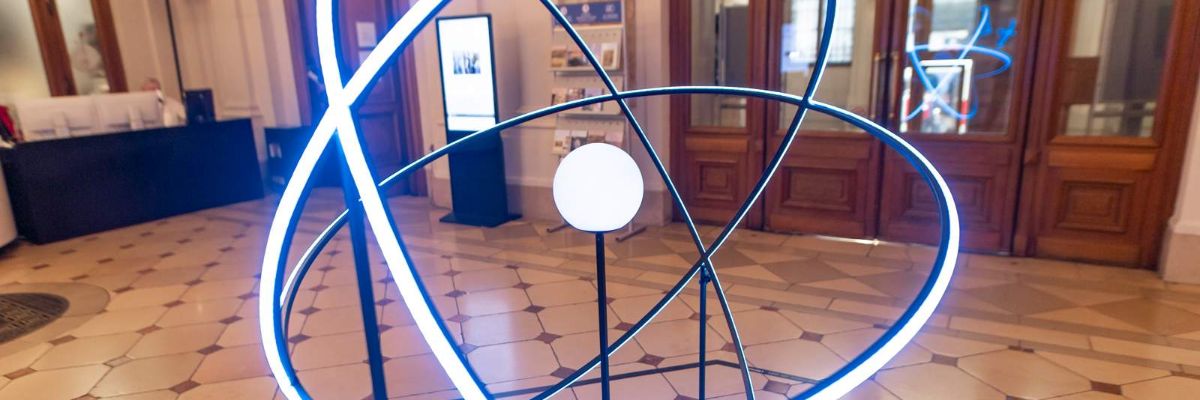
The Academy invited the public to experiments, lectures and exhibitions
08. 11. 2021
Seven days full of the best of what the Czech Academy of Sciences does. The first year of the science festival called The Week of the Czech Academy of Sciences ended on Sunday, 7th November. All over the country, people could explore institutes, listen to lectures, watch films or experience science for themselves. The Academy also awarded the best scientists of 2021.
Chemistry against coronavirus, the mystery of the Vikings in Greenland, and the benefits or threats of genetically modified crops were some of the topics of the lectures that formed the backbone of the festival week. People were then able to ask the scientists further about whatever they were interested in.
"We emphasize the presentation of the most important scientific research and the current achievements of our scientists over the past year," says the President of the CAS, Eva Zažímalová, adding that the festival is actually a kind of a feast of science, a feast of the entire Academy of Sciences.
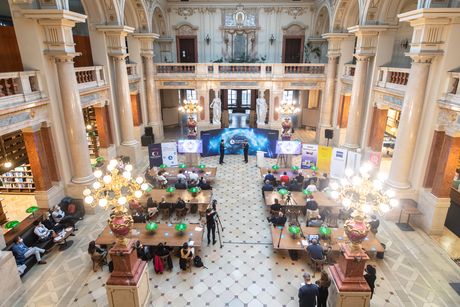
Science up close in a new coat
The Week of the Czech Academy of Sciences continues the 20-year tradition of the CAS’s Week of Science and Technology festival. This year, the organizers have refreshed it and the festival has been given a new name and a new concept. Instead of one overarching theme, it presents the latest and most important results of the Academy of Sciences as well as the long-term research of scientists. A great emphasis is placed on the presentation of individual institutes.
"Almost all institutes of the Czech Academy of Sciences opened their doors to the public. Through lectures, workshops, excursions, and even experiments, they introduced people to the working environment of scientists and their current research," says Alexandra Baracká, one of the festival's organizers.
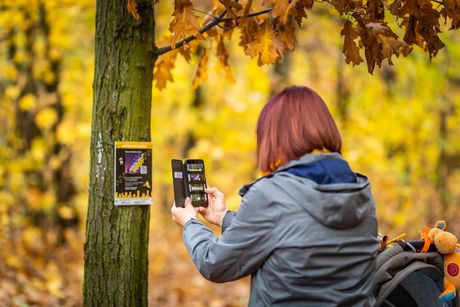
A visitor playing a game "Světelná stezka" (A Path of Light) prepared by the Institute of Photonics and Electronics of the CAS as a part of the Week of the CAS
Art exhibitions and stand-ups by young scientists
This first year of the festival also featured a "Science Stop". People could drop in for a talk with young, award-winning scientists who, in an easy-to-understand way, revealed, for example, how they got into science, what they research and why their field attracted them.
For more visually oriented visitors, the organizers have prepared three exhibitions at the CAS premises. The first, a site-specific one, was created in cooperation with young artists and it consists of ten works that react to scientific research at the departments of the Czech Academy of Sciences. The second exhibition consists of the winning photographs of the "Photogenic Science" competition, which connects the world of science with the world of art. The last one connected painted miniatures and chemistry, which helps with their research and the detection of fake works.
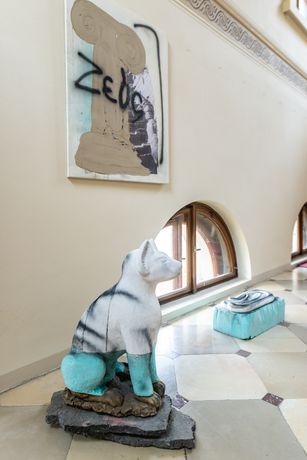 |
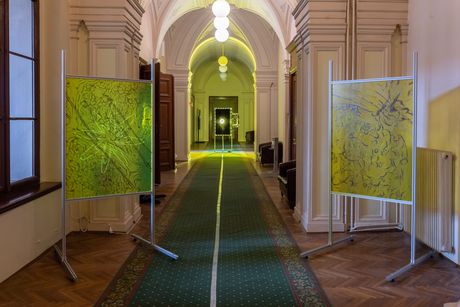 |
From the "vysTAVa" - a site specific exhibition in the main building of the CAS
The best of the best
As a part of the festival, the Academy of Sciences awarded the most important scientific prizes in the Czech Republic. The Academic Award prize is awarded to outstanding scientific figures who are the bearers of research at the top international level. The sum up to €1,100,000 means both the financial and the moral recognition of their excellent and hard work. This year’s laureates are Šárka Nečasová, Vojtěch Novotný and Patrik Španěl.
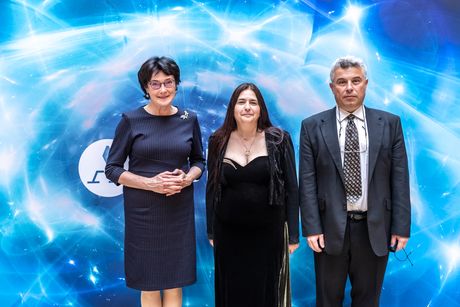
Šárka Nečasová (in the middle), Patrik Španěl and Eva Zažímalová (President of the CAS)
The Lumina Quaeruntur Fellowship prize is awarded to outstanding young researchers with conceptually new topics that significantly extend the frontiers of knowledge, or that imply socially important practical applications. Thanks to almost €750 000, scientists were able to set up new scientific teams. This year's laureates are Dominik Kriegner, Šárka Mikmeková, Elisabeth Hehenberger, Jan Jakub Surman and Martin Fotta.
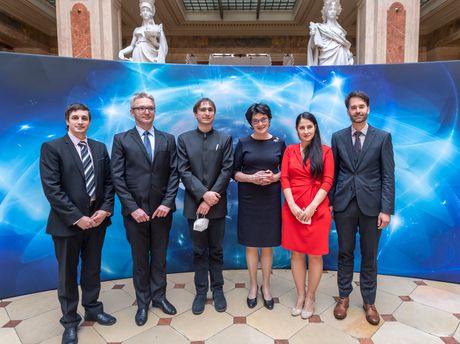
Dominik Kriegner, Martin Fotta, Jan Jakub Surman, Eva Zažímalová, Šárka Mikmeková and Matěj Velický
Text: Eliška Zvolánková, Division of External Relations, CAS Centre of Administration and Operations
Photos: Jana Plavec, Division of External Relations, CAS Centre of Administration and Operations
Read also
- Twenty years of EURAXESS: Supporting researchers in motion
- Researching scent: Cleopatra’s legacy, Egyptian rituals, and ancient heritage
- The secret of termites: Long-lived social insects that live in advanced colonies
- Two ERC Synergy Grants awarded to the Czech Academy of Sciences
- Nine CAS researchers received the 2025 Praemium Academiae and Lumina Quaeruntur
- Step inside the world of research: Week of the Czech Academy of Sciences 2025
- A / Magazine: Bugs, the rusting human body, and beauties from the kingdom of ice
- PHOTO STORY: The invasive black bullhead catfish threatens Czech fishponds
- Rewrite the textbooks – we’ve found a bone; aka When science takes a wild turn
- CAS researchers receive L’Oréal-UNESCO Award and Forbes recognition
The Czech Academy of Sciences (the CAS)
The mission of the CAS
The primary mission of the CAS is to conduct research in a broad spectrum of natural, technical and social sciences as well as humanities. This research aims to advance progress of scientific knowledge at the international level, considering, however, the specific needs of the Czech society and the national culture.
President of the CAS
Prof. Eva Zažímalová has started her second term of office in May 2021. She is a respected scientist, and a Professor of Plant Anatomy and Physiology.
She is also a part of GCSA of the EU.